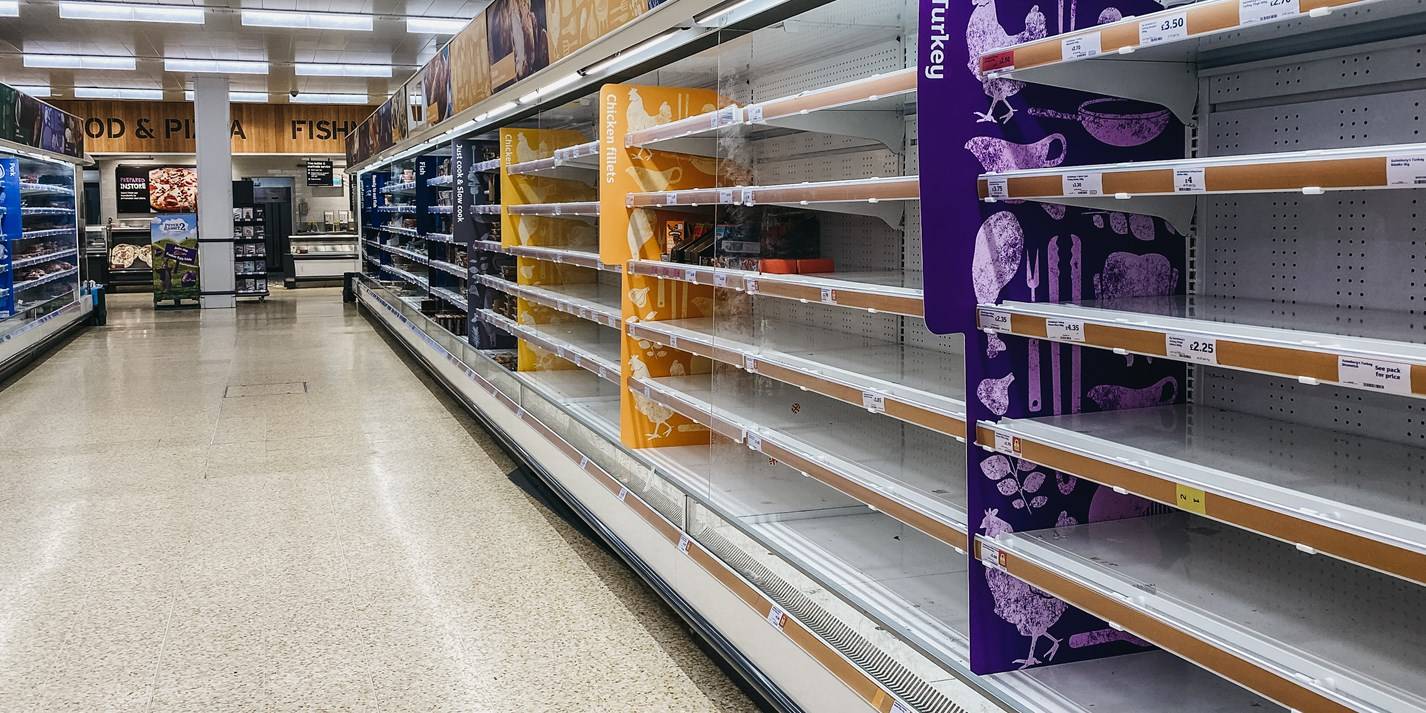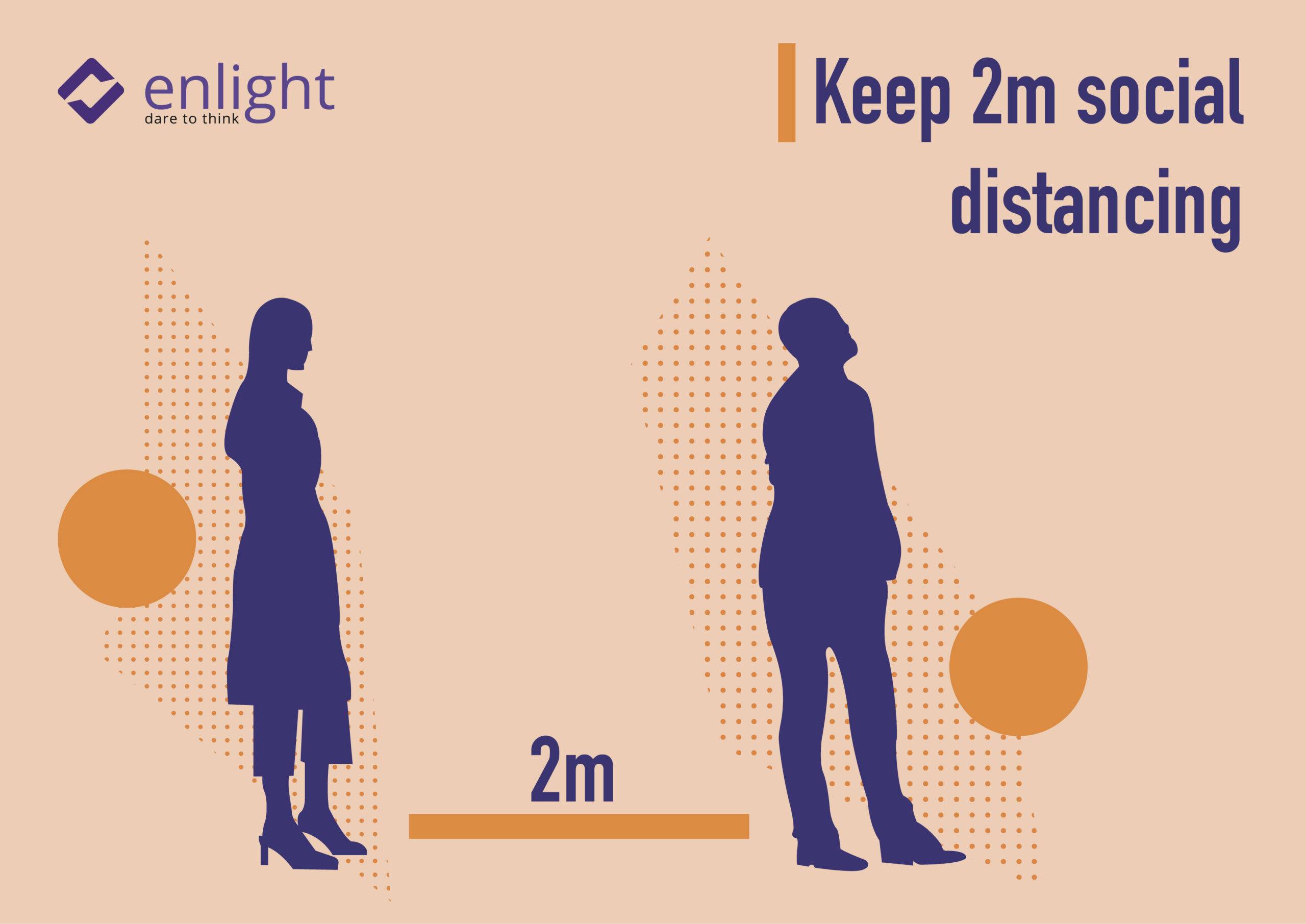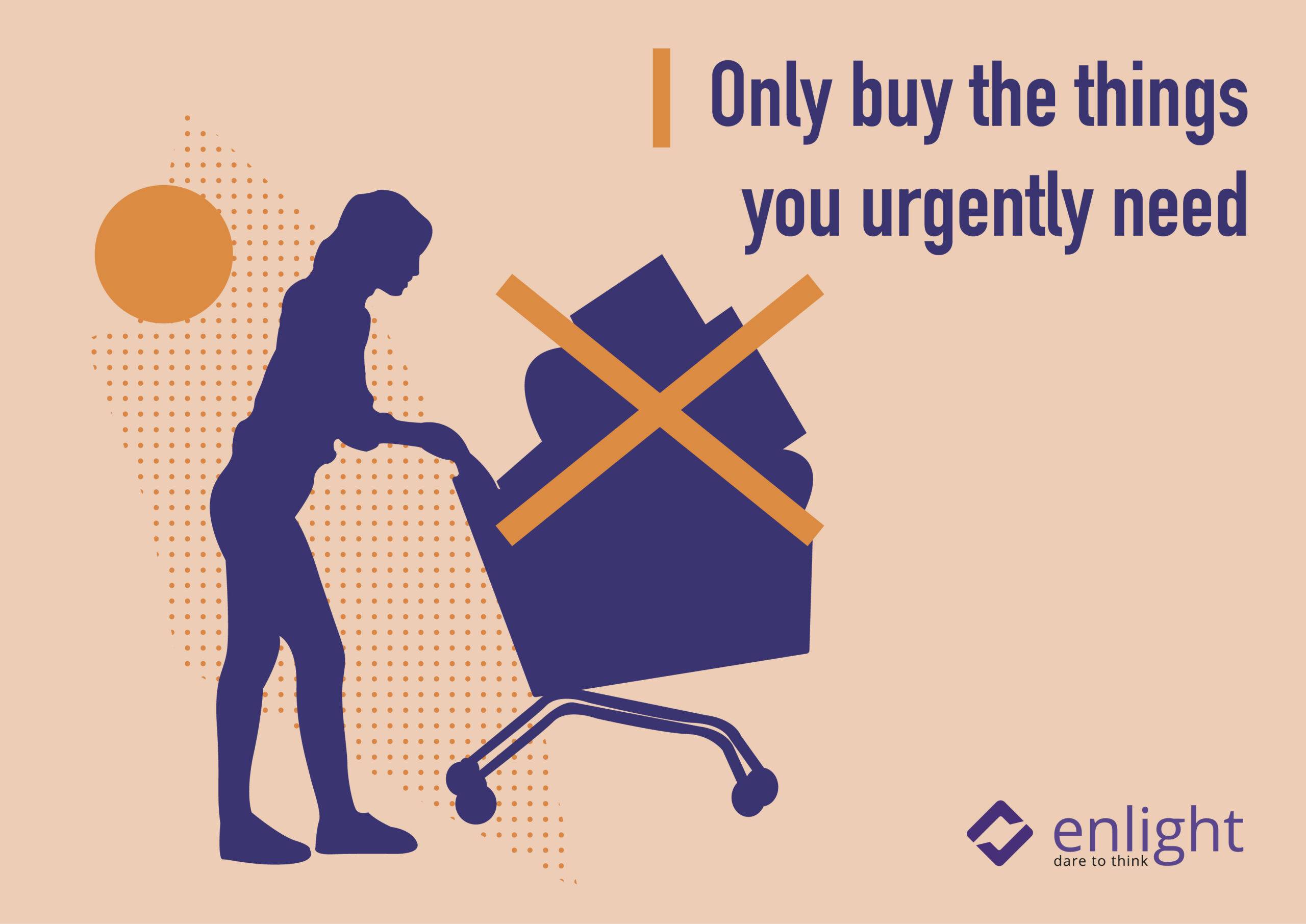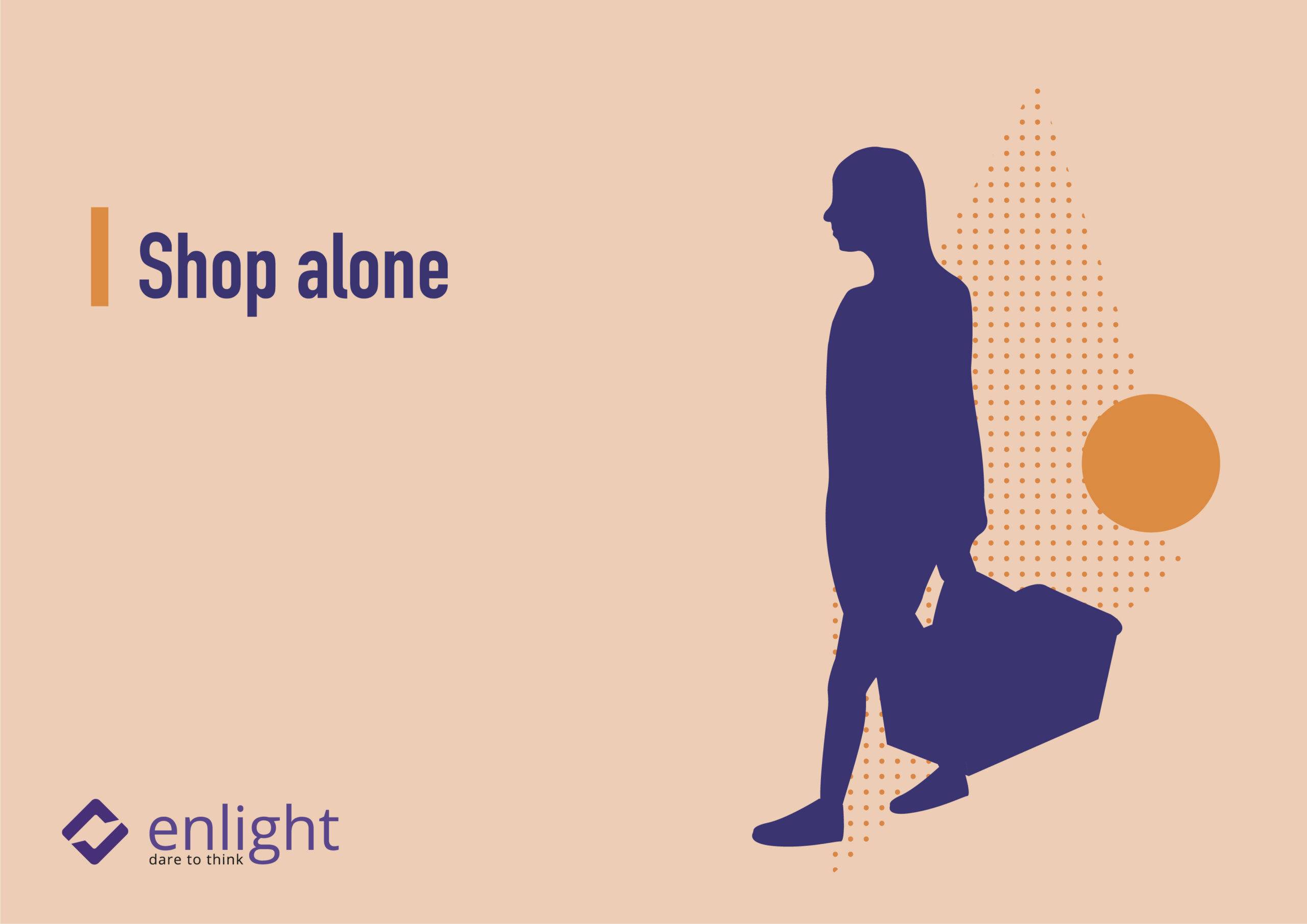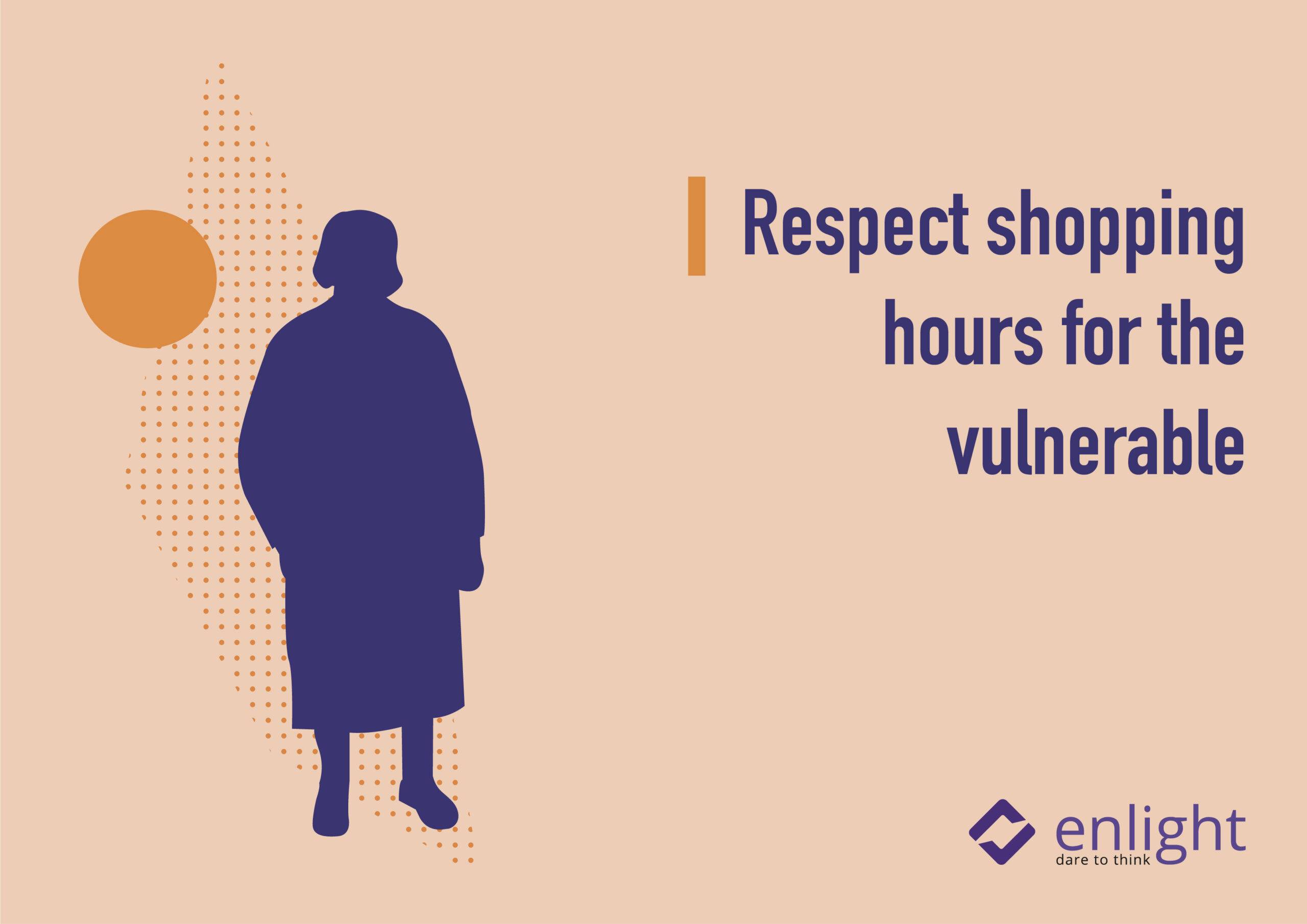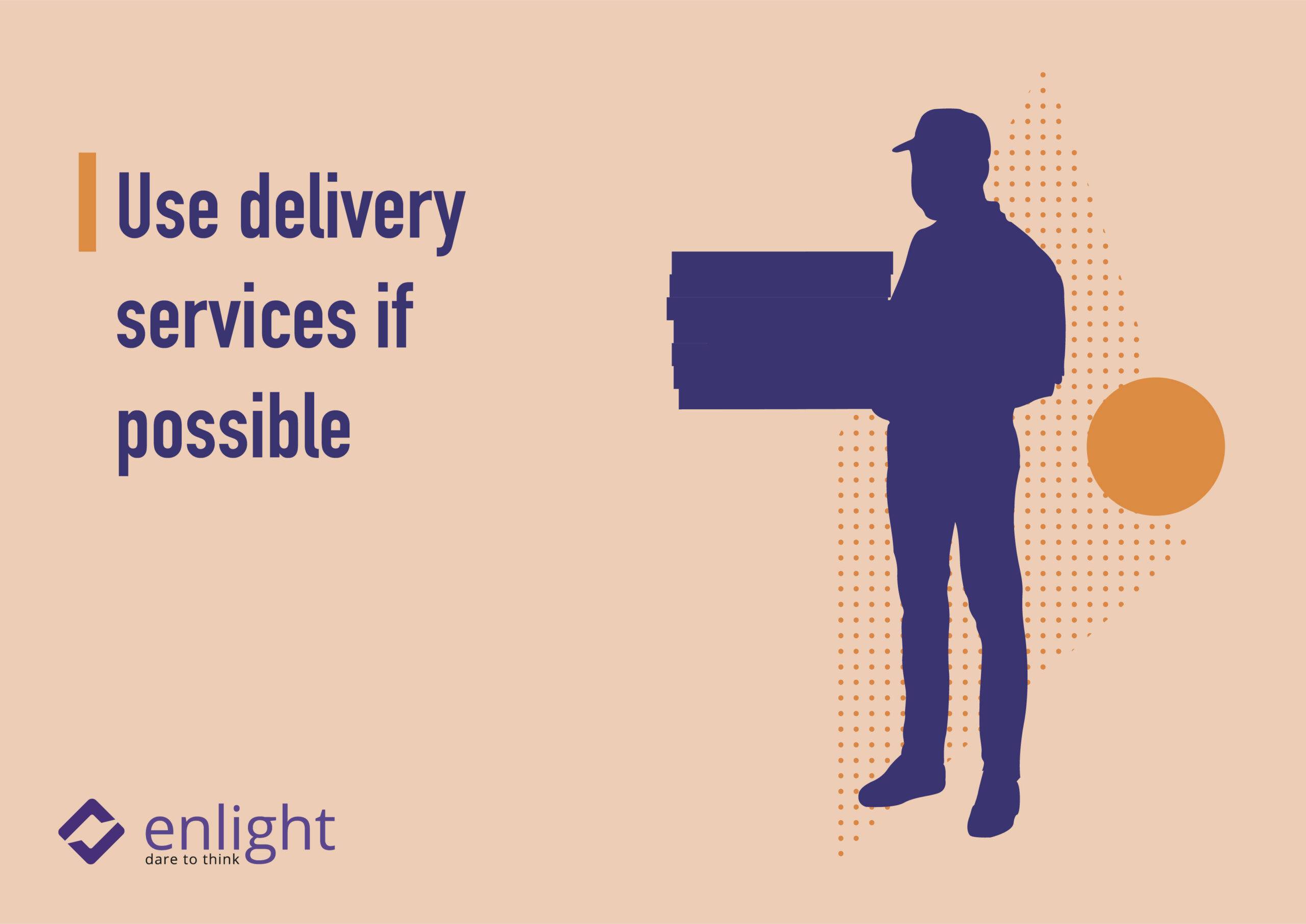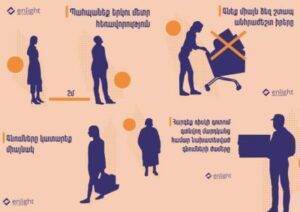Traditionally consumerism is associated with posh and fancy lifestyle, luxury, abundance, affluence, innumerable joys and satisfaction of desires. According to some researchers it is the stimulation of the behaviour oriented to the satisfaction of non-essential needs. But the high shopping rates registered during the pandemic of the new coronavirus indicate that consumerism is not always connected with the non-vital requirements of an individual, but it is very often the manifestation of the survival instinct, which discloses the other side of consumerism – its defencelessness that has been hidden before. The prospects of self-isolation and the presence of quarantine brought about the need to accumulate necessary things and food supplies in the countries with higher rates of infection, resulting in long queues and empty showcases in the supermarkets and shopping centres in some places. Analysing the consumerism prevalent in modern Western society, the sociologist, philosopher and cultural theorist Jean Baudrillard states in his book “The Consumer Society: Myths and Structures” that it is a way of individual and class self-differentiation. The consumer behaviour formed as a result of the latest events shows the transformation that consumerism has gone through due to the change of consumer motivation. The pandemic has set new consumption rules, depriving the consumer society of the traditional types of consumption and the motives behind it.
Consumerism as an Indicator of Shortage
The specialisation and division of work in modern megacities have put people on a high level of dependency. Contrary to rural areas, almost all primary needs of urban residents are satisfied through the act of shopping, as their work and the products obtained as a result of that work are not identical; in other words, people usually consume goods they haven’t produced. As for rural areas, almost every resident is a producer of various food products of basic necessities and partially satisfies their own food needs without shopping. It turns out that there is abundance in cities, but that abundance does not guarantee nutrition or any other security because it is mediated by the exchange of money, whereas in villages there is no affluence, instead they have essential supplies sufficient for the time being. That is why city dwellers give in to the shopping instinct, while villagers are more resistant.
But it seems that there is a vast distance between consumerism and survival. Survival is considered to be quite the opposite of consumerism because it is associated with minimum needs, while consumerism refers to the presence of all the best and maximum. However, lately consumerism has suddenly become the indicator of shortage. Here is the logic: “I am buying things because I am afraid there will be none.”
Fundamental Changes in Consumerism during the Pandemic
Though consumption has turned into a primary need, this is the first time consumers have put their behaviour in question after the rise of consumption in the recent decades. Having reached the zenith, consumerism seems to have paradoxically raised the following questions for the society during a regular bout of greed: what is the minimum amount of essentials required for a long period of time, how much material excess do all of us have at home, what extra expenses do we have to cut, how much can the minimum amount of essentials be reduced? These are questions that conservationists, critics of capitalism and consumerism have been failing to arouse in the overloaded minds of regular consumers for years.
Materialism is typical to consumerism, but the recent events have shown that for the first time the consumer behaviour defined as greed has the weakest justification to withstand criticism with. Though Black Friday commotion formally resembles the present massive shopping and commotion in stores, there are underlying differences between them. The advantage of Black Friday is that it allows financially vulnerable people to acquire goods for considerably lower prices, although actually it is merely a marketing tool used by sellers in order to gain profit. But, as it turns out, this quite commendable and positive strategy of reducing prices contributes to materialism at its core, because it often leads to buy an extra non-essential product (or products) without even questioning its necessity or considering the problem of overwhelming the planet with production. There are at least two points that differ the high consumption during this pandemic from the above mentioned. Firstly, most psychologists agree that the purpose of panic buying is to gain control of the situation, therefore it functions as a panic reducer. Secondly, this massive consumption may sometimes seem to follow the logic of purchasing extra things, because there is an increase in the volume and intensity of shopping, but here we have objective reasons. These purchases are not made for the sake of luxury or enjoyment, neither are they aimed to highlight one’s individuality or build an identity, as it was stated by the critics of consumerism, but they are the expression of the natural, though very often exaggerated human need to guard against the danger of hunger. So it turns out that the way of consumerism remains the same (e.g. several consumers competing for the same product, long queues, full consumer baskets), but the motives behind consumption change.
Prioritising the need to guard against hunger, apparently world society has temporarily stopped the contribution to opulence and exoticism typical to consumerism. This is evidenced by the fact that the goods consumed during the pandemic have not been luxurious things but basic necessities, as a result of megacity dwellers staying at home, streets getting comparingly empty, a lot of shopping centres getting closed, most workplaces switching to online mode, the cargo volume and the number of air flights declining sharply and many other factors. The biggest part of exported and imported goods has also been of prime necessity. Besides, the entertainment industry, which gets the lion’s share of consumerism, has shifted to the virtual platform, because it is only in the choice between entertainment and security that the first can be disfavoured.
If until now shopping was considered a constituent of enjoyment because idle strolls, roaming around shops for as long as possible were an indispensable part of the everyday life in shopping centres, now trade, which has become a prime necessity, is done fast and contains no joy.
During the pandemic completely new shopping rules that are different from the previously popular marketing appeals have been finally set. The Guardian sums up the popular five rules of shopping and advises people to follow them. These are as follows: social distancing while shopping, shopping alone and not in groups, only buying essential things, setting aside certain shopping hours for the vulnerable, using delivery services if possible. All these rules somehow put the models of traditional capitalist consumer behaviour on hold. The problem is that shopping centres are crowded places, and the more crowded the centres are, the higher the potential rates of purchases are. The increase in the number of buyers is in sellers’ best interests because shopping centres use “various mechanisms and full armoury of seduction” (enticing showcases, attracting billboards, centres offering any service you need, opportunities to arrange everything in the same place, etc.) to “make” consumers open their purses once more, which leads to an increase in the general amount of purchases from shopping centres. Social distancing and the appeal to shop alone are emptying the overly busy shopping centres, therefore they work against business interests.
The next appeal to buy only essential things is also not so frequent in a world that pursues benefit. Purchases of great amounts have resulted in shortages of some products in a number of countries. And that is when a phenomenon which is very rare or almost non-existing in the capitalist world has occurred. Some of the countries have imposed restrictions on buying certain things. Before the pandemic producers called upon people to buy as much as possible, and so they would produce more and more. The wish to buy was instilled with the help of different methods, especially advertisement, by both producers and other actors, including governments. That is why people that have been accustomed to the call “always buy” are finding it difficult to follow the opposite order of the authorities during the pandemic and may use roundabout ways to accomplish the saving act of shopping, e.g. buy the same product not from one, but from different shops in minimum amounts but have more than the set maximum as a result.
As for setting aside certain shopping hours for the vulnerable, it is a more rare phenomena under these new conditions. Shopping during the permitted hours gives a humanitarian tint to a process which pursues benefits of consumption. Simply put, if someone who is not in the vulnerable group goes shopping only at the set time, not putting the vulnerable in danger, they, in fact, act with humanity.
And finally, in order to minimise social interaction producers and shopping centers have started to encourage people to use online shopping and delivery services. On one hand, shopping online and getting the desired goods at home make consumers’ lives easier, and the easier the shopping is, the more probable the consumption is; on the other hand, not always but very often online shopping reduces the possibility of making extra purchases, because it’s mostly the shopping centres that raise consumerism. But we have to take into consideration another point. Online shopping facilitates consumers’ lives, but it also complicates the job of service personnel, deliverymen in particular, splitting society into two groups: those who have the opportunity to isolate themselves and those who are deprived of it. This separation is most striking in countries with high poverty rates where the majority of people willing to work under the most severe restrictions is poor daily workers. As a result, consumerism demonstrates the rules of the unequal game that is typical to the capitalist world, and not through the difference in purchasing power or the amount of purchases as previously, but through the possibility or the impossibility to avoid going to work. In other words, the world was unequal in the past and it is still unequal but now this inequality can be seen not only from the contents of one’s pocket or bank account but also from the fact whether it gives one the opportunity not to work for a while.
Picture 1 – Keep 2m social distancing.
Picture 2 – Only buy the things you urgently need.
Picture 3 – Shop alone.
Picture 4 – Respect shopping hours for the vulnerable.
Picture 5 – Use delivery services if possible.
Picture 6 -Keep 2m social distancing. Only buy the things you urgently need. Shop alone. Respect shopping hours for the vulnerable.
So after panic buying during the pandemic consumerism has inevitably entered a new phase that is different from the twentieth century consumerism, its motives, excuses or criticism. After all this the main question is whether the world will go back to the same pace and types of consumerism, i. e. consume only out of quite an understandable melancholy, or it will nevertheless draw conclusions and look for new types of consumer culture, maybe reduce the amounts of consumption due to lack of work and, consequently, shortage of money. In the end, to consume means to obtain a product or use a service created with the creativity of one’s mind, therefore it is at least an action that spurs creativity, apart from being a stimulating circumstance to the development of economy. But at the same time we should contemplate how far we can push the rates of consumption that has been increasing until recently.
Bibliography
- Բայադյան, Հրաչ. 2016. Վիդեոբառարան _Սպառողական հասարակություն.
- Baudrillard, Jean. 1998. The Consumer Society: Myths and Structures. Sage, London, England.
Author: Marine Khachatryan © All rights reserved.
Translator: Luiza Mkhitaryan









